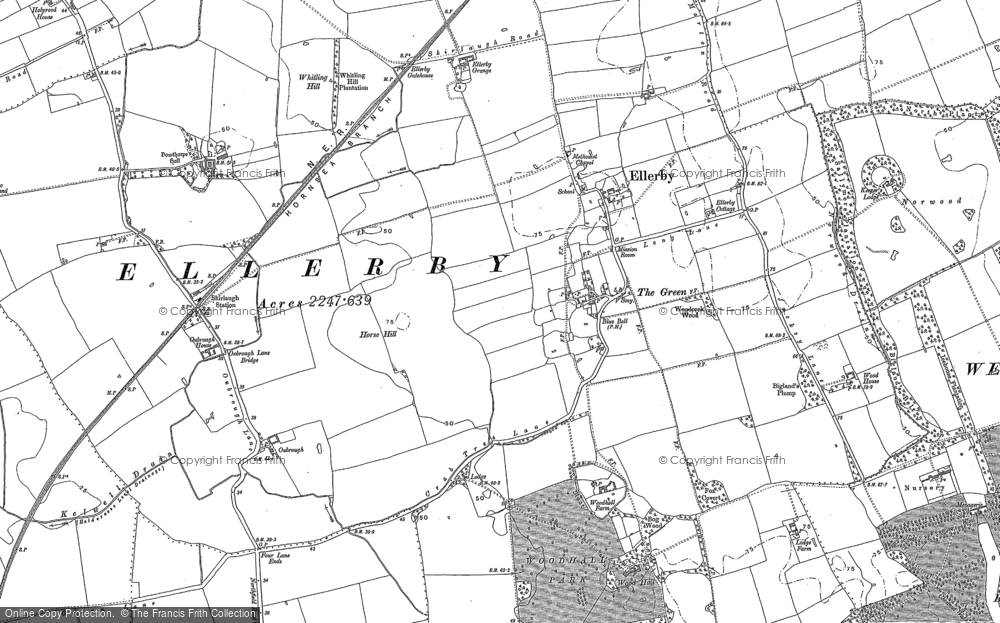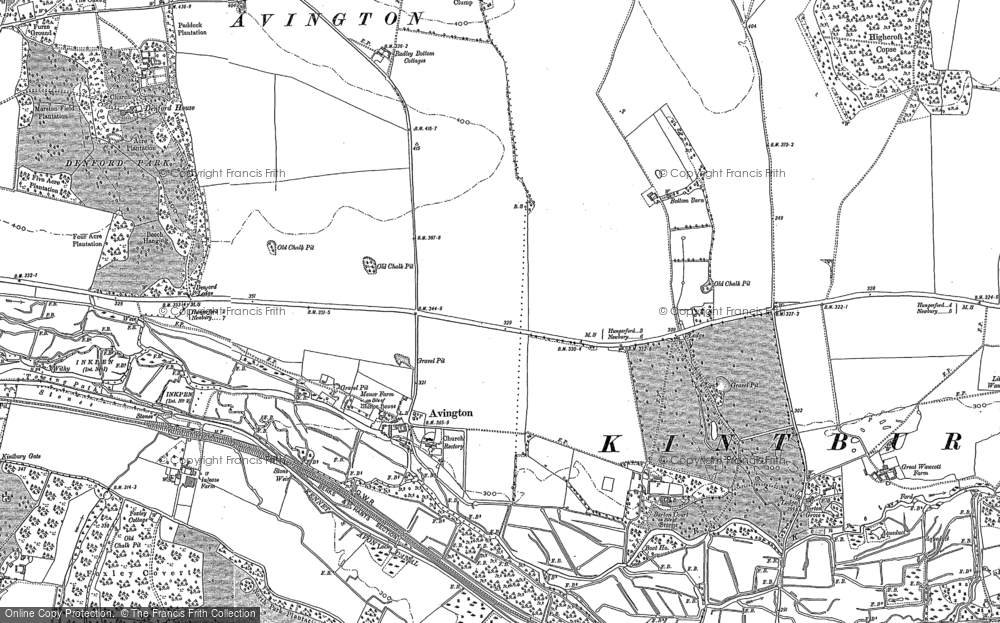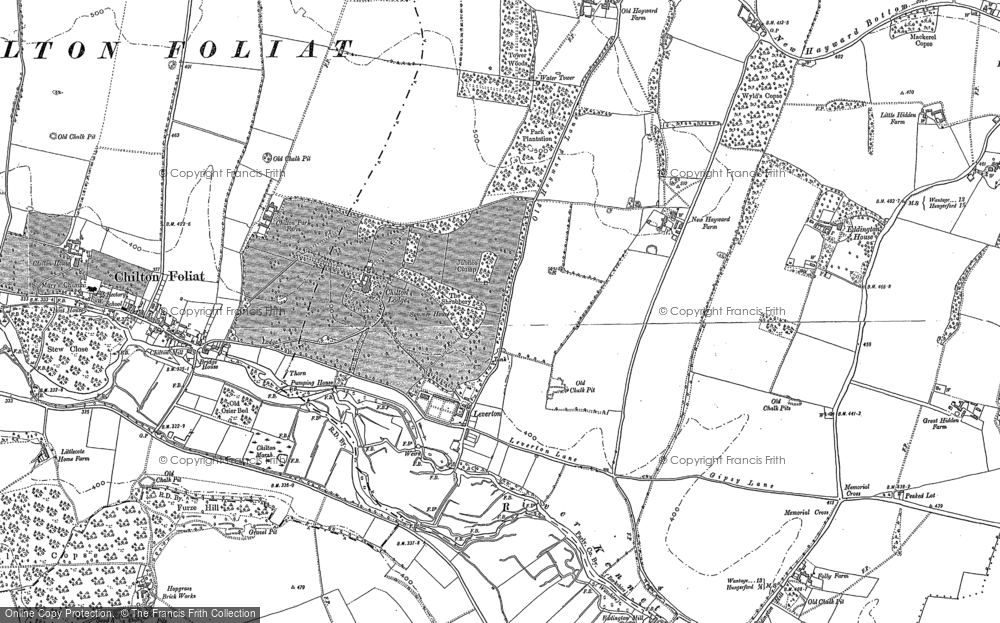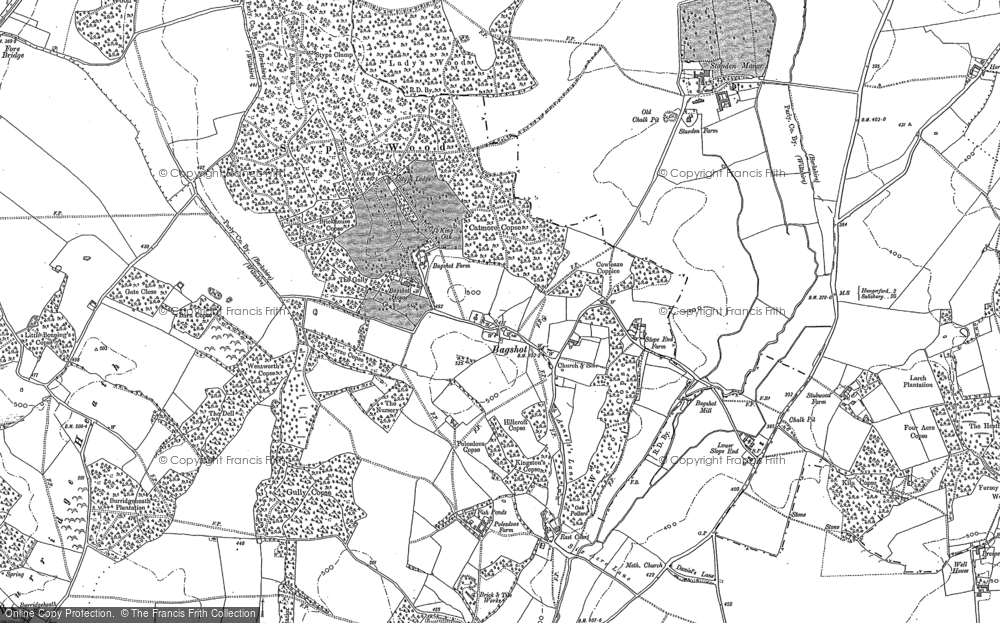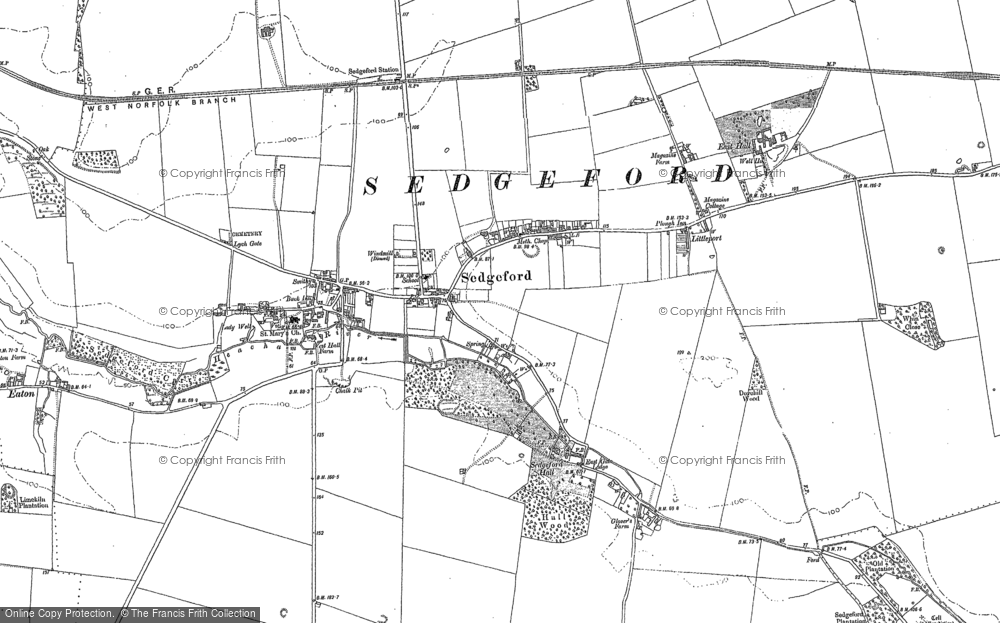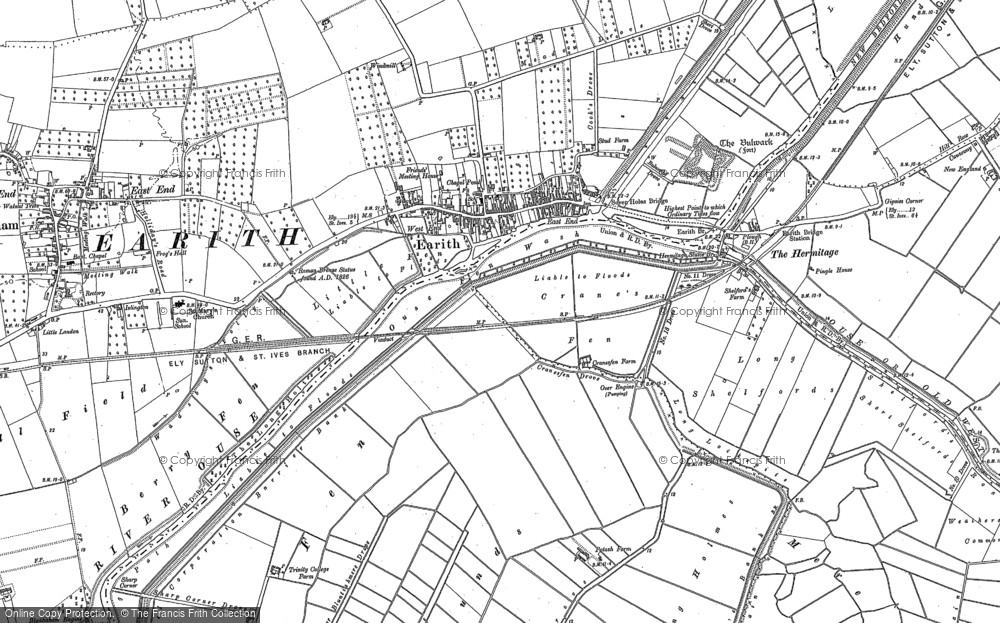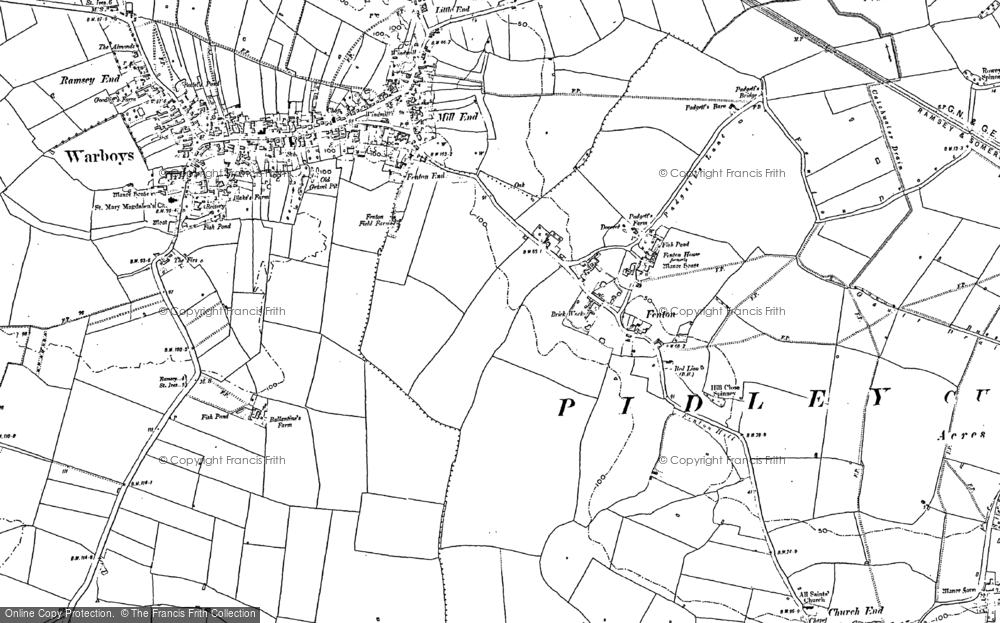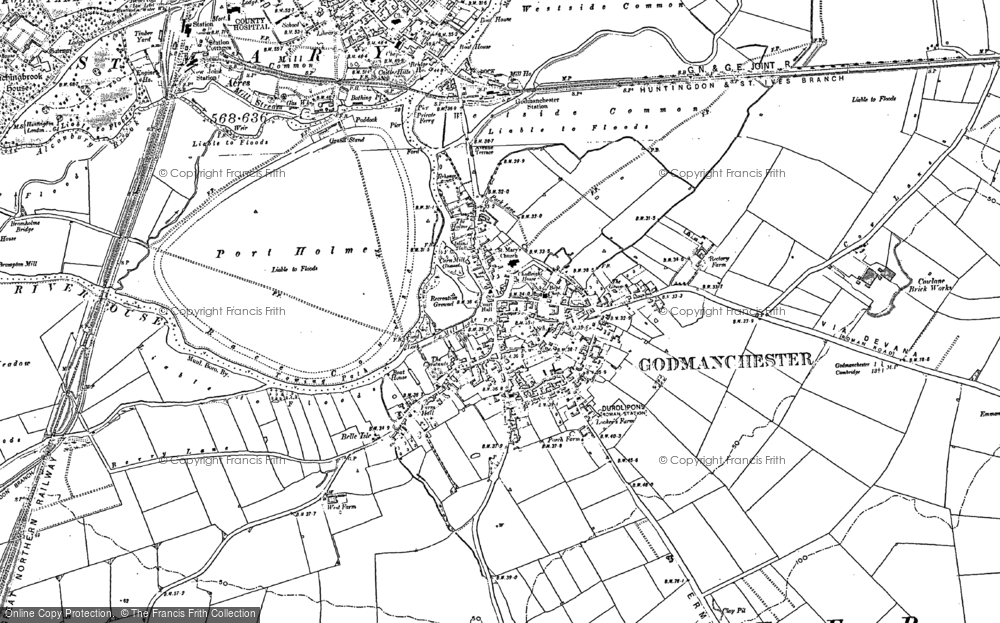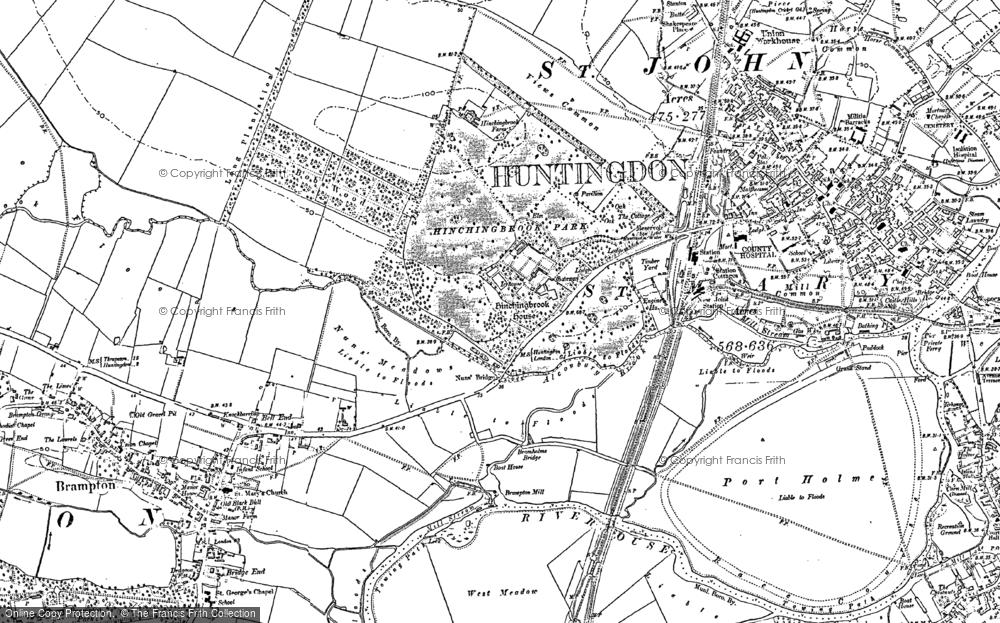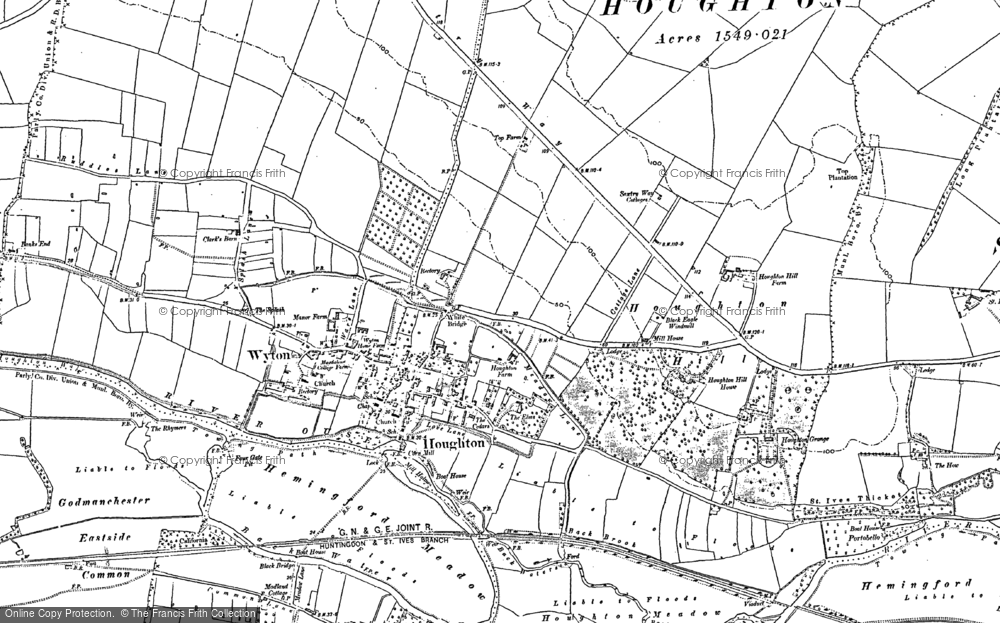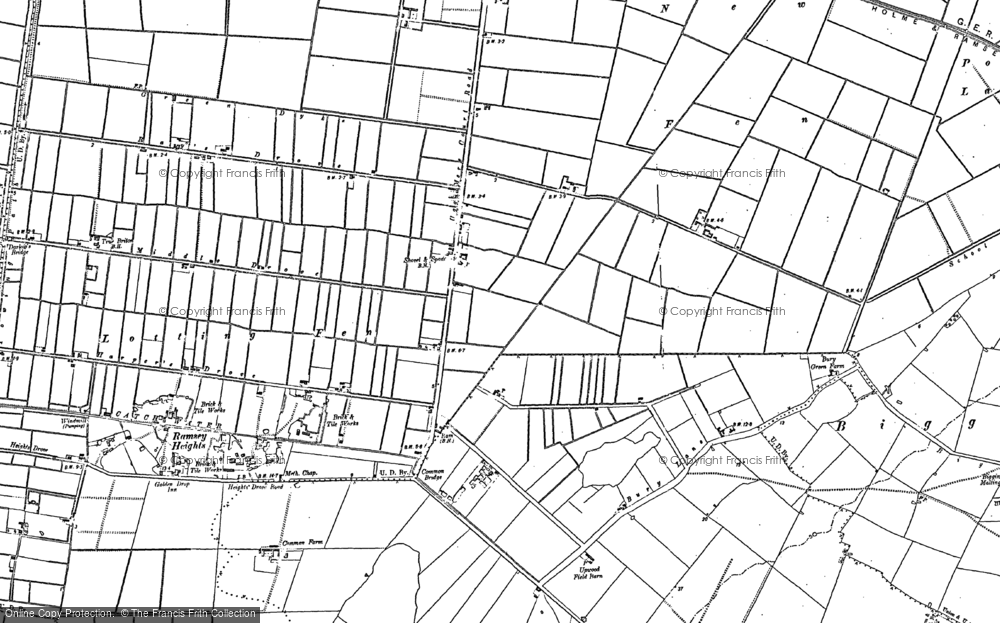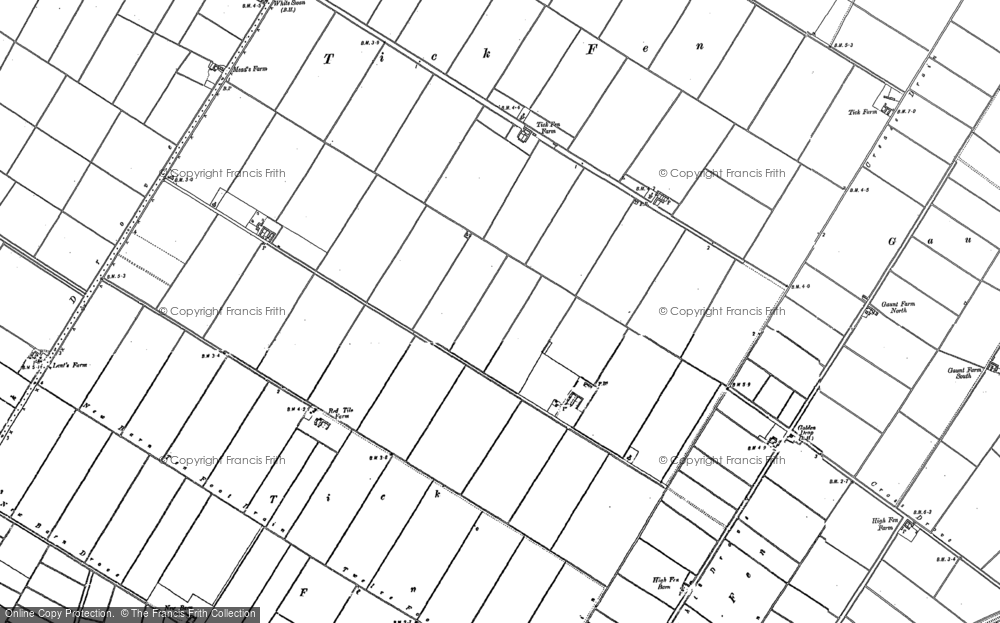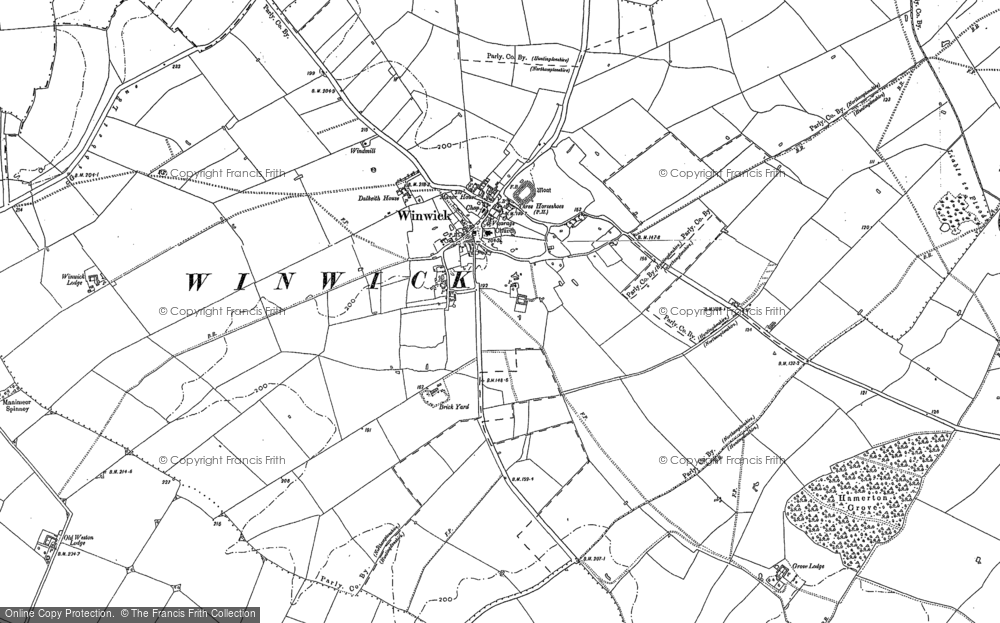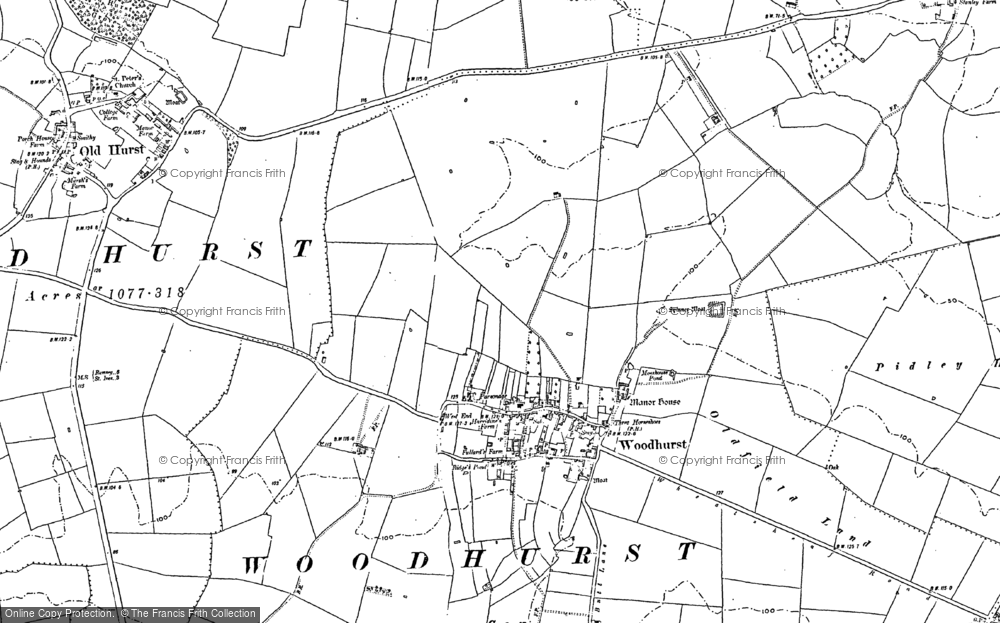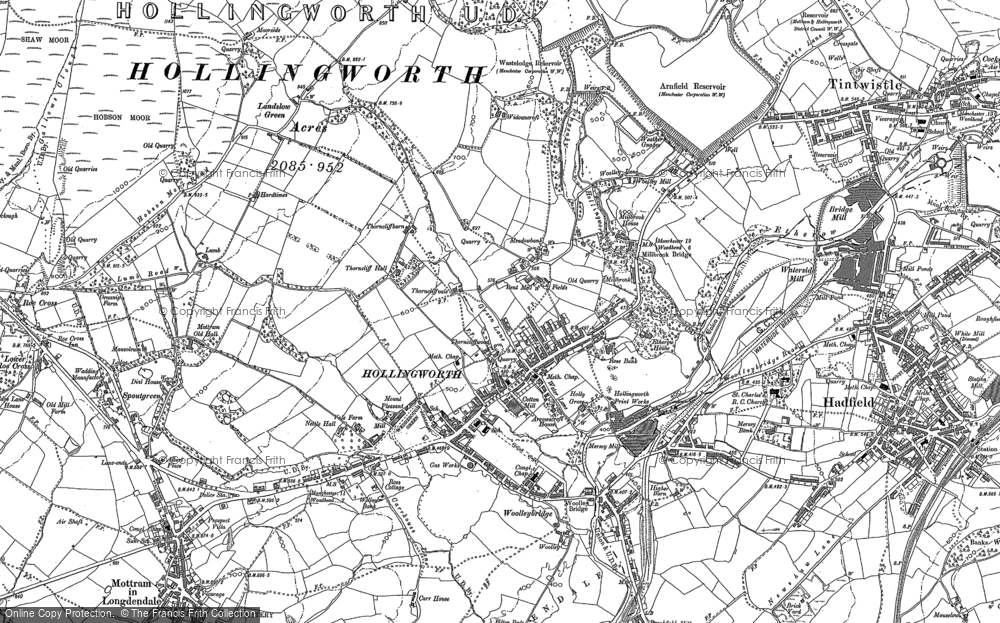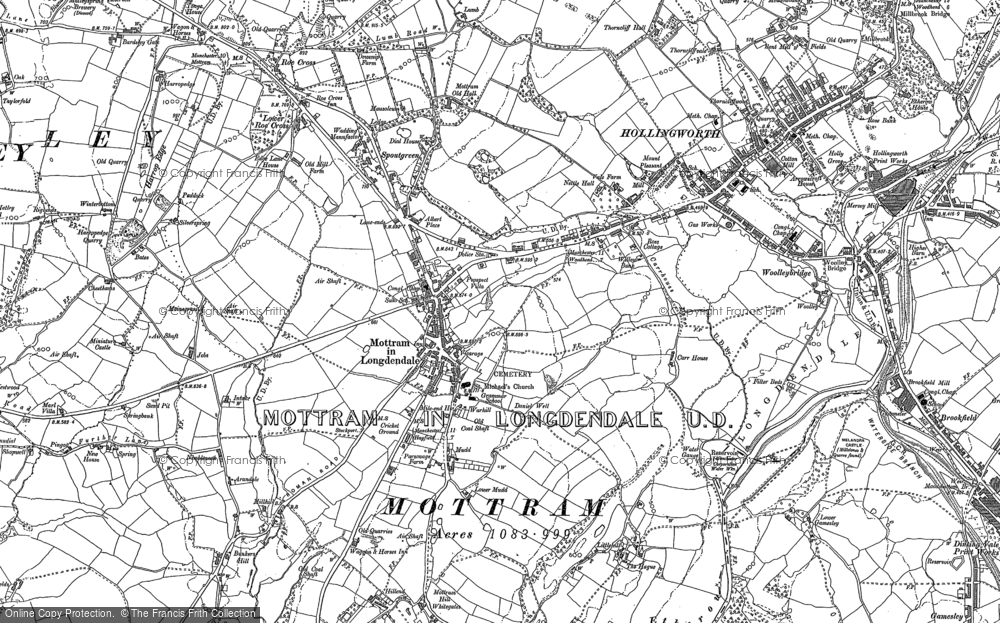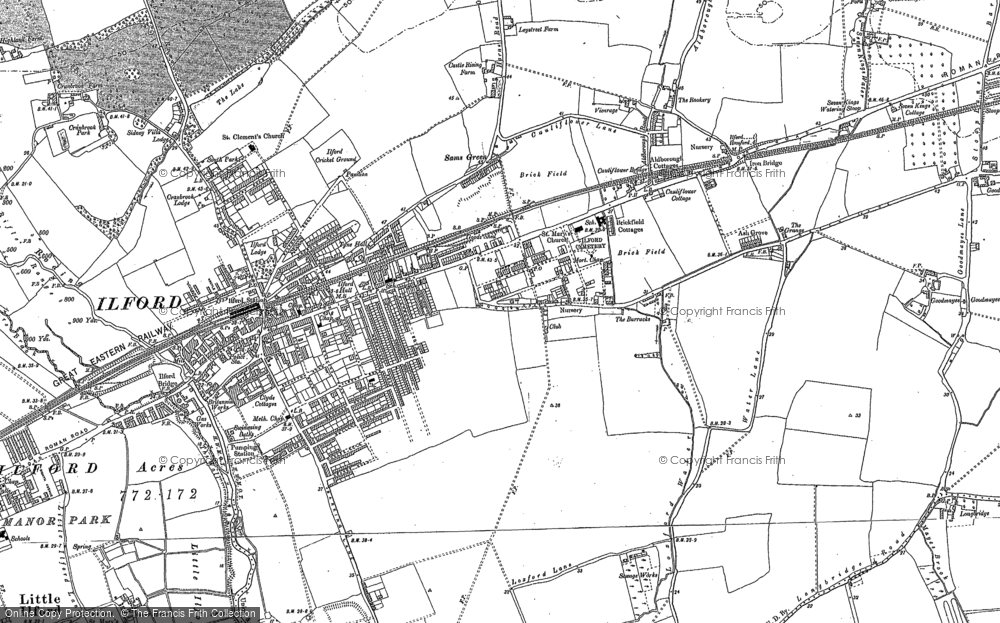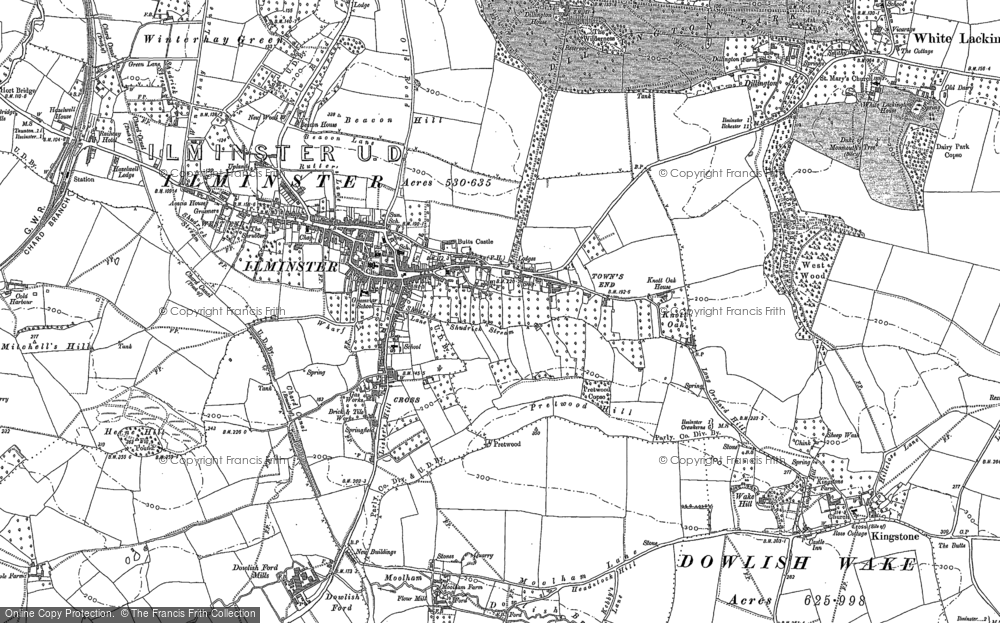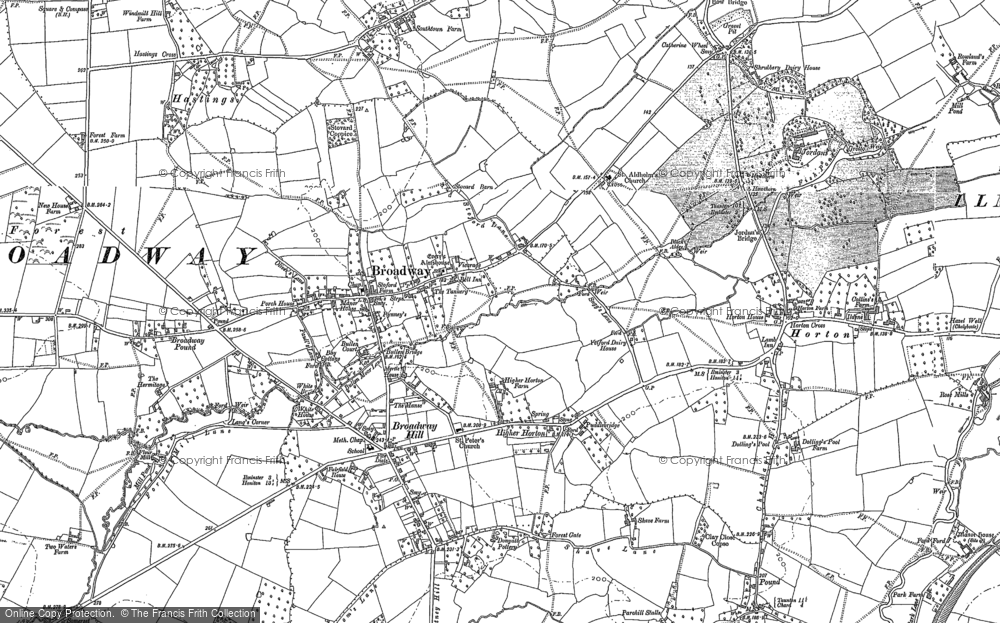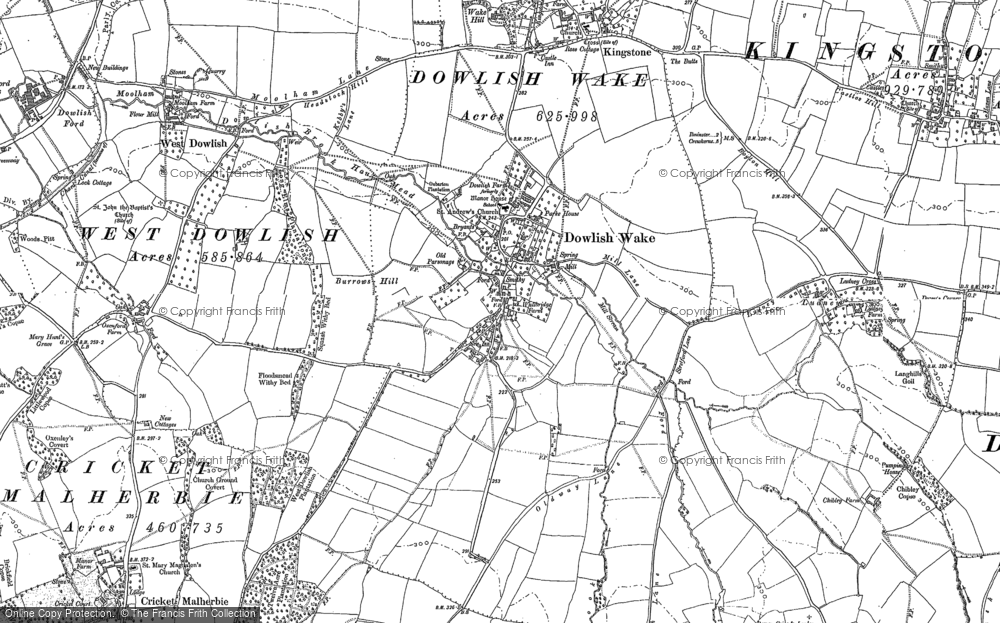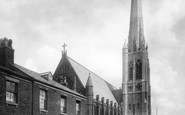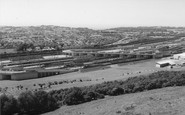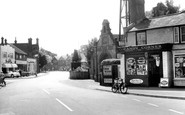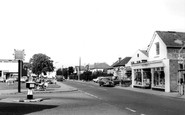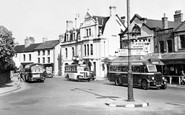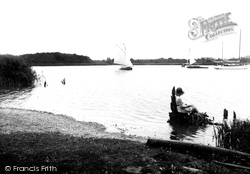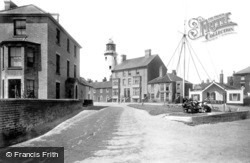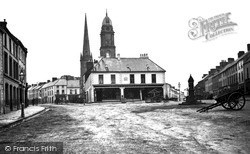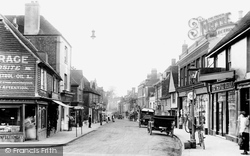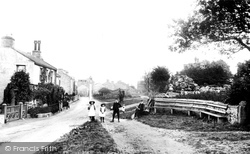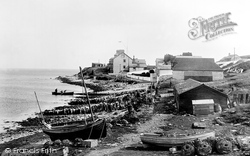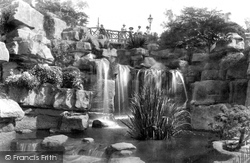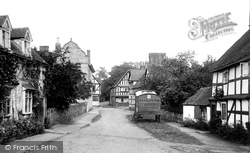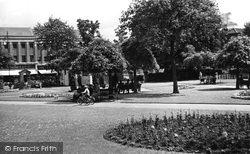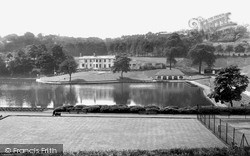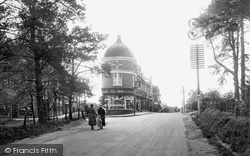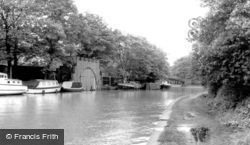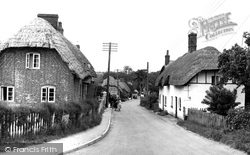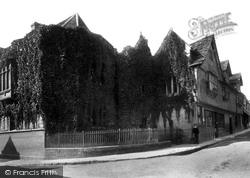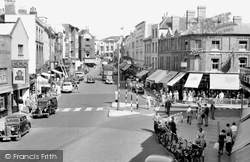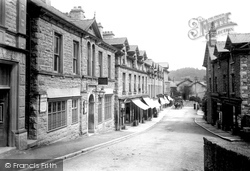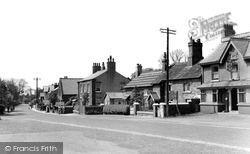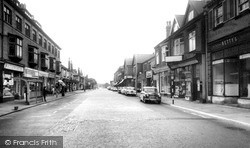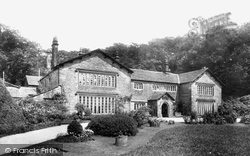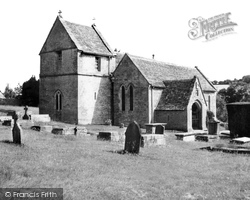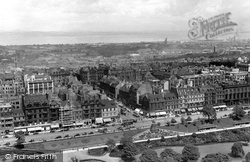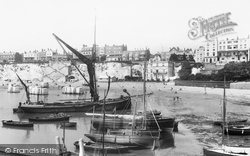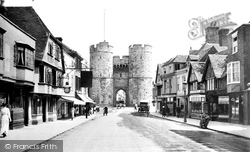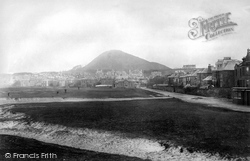Places
36 places found.
Those places high-lighted have photos. All locations may have maps, books and memories.
- Shanklin, Isle of Wight
- Ventnor, Isle of Wight
- Ryde, Isle of Wight
- Cowes, Isle of Wight
- Sandown, Isle of Wight
- Port of Ness, Western Isles
- London, Greater London
- Cambridge, Cambridgeshire
- Dublin, Republic of Ireland
- Killarney, Republic of Ireland
- Douglas, Isle of Man
- Plymouth, Devon
- Newport, Isle of Wight
- Southwold, Suffolk
- Bristol, Avon
- Lowestoft, Suffolk
- Cromer, Norfolk
- Edinburgh, Lothian
- Maldon, Essex
- Clacton-On-Sea, Essex
- Norwich, Norfolk
- Felixstowe, Suffolk
- Hitchin, Hertfordshire
- Stevenage, Hertfordshire
- Colchester, Essex
- Nottingham, Nottinghamshire
- Bedford, Bedfordshire
- Bury St Edmunds, Suffolk
- Aldeburgh, Suffolk
- St Albans, Hertfordshire
- Hunstanton, Norfolk
- Chelmsford, Essex
- Bishop's Stortford, Hertfordshire
- Peterborough, Cambridgeshire
- Brentwood, Essex
- Glengarriff, Republic of Ireland
Photos
11,144 photos found. Showing results 17,801 to 11,144.
Maps
181,031 maps found.
Books
442 books found. Showing results 21,361 to 21,384.
Memories
29,041 memories found. Showing results 8,901 to 8,910.
Marriage Of John Naughton & Ann Conroy
John Naughton (b.1842; Kings County, Ireland) & Ann Conroy (b.1851; Queens County, Ireland) were married in St Walburge's RC church, 3 April 1880. John was known as a "peaceable" & quiet man who played the ...Read more
A memory of Preston in 1880 by
Information About This Church
* St Walburge's is the tallest spired parish church and the third tallest church spire of any type in Britain. * Preston was made a City for the millennium celebrations so it is likely that St Walburge's will be elevated to cathedral status in time. * Completed in 1854.
A memory of Preston by
Evacuee In Cefn Hengoed
During the Second World War my family were evacuated to Cefn Hengoed. Two of my brothers were with the Hughes family, two with the Palmers and two of my sisters with the Jones Famly. We arrived in 1941. Being one of the ...Read more
A memory of Cefn Hengoed in 1941 by
Breaking Through The Channel Tunnel
I cannot remember the date, but my husband's cousin was the first man to break through to France when building the channel tunnel. My husband's family have lived and worked in Folkestone all their lives and were ...Read more
A memory of Folkestone by
Childhood Memories
We moved to Prestatyn in 1960 when I was 3. My first memory was riding on my dad's shoulders walking up the High Street and seeing a bus with no roof! We lived in Linden Walk for three years and I used to enjoy milkshakes in a ...Read more
A memory of Prestatyn in 1961 by
The Fire Station
I joined the retained Fire Brigade, National Fire Service at this Station in 1946 aged 16. The old building is still standing but in need of some TLC, the old hose drying tower can still be seen in this picture, but has now been ...Read more
A memory of Byfleet by
Freelands Ironmongers Shop
I remember the shop where you could buy anything from and pound of nails, a gallon of Parafin, to a Ladies or Gents Raleigh Bicycle. Behind the shop was the local blacksmith, Samson Turner, and wheelwright George Cox. I ...Read more
A memory of Byfleet by
A Year In England
At the age of 11 I lived in Steventon with my family at 103 The Causeway for the school year 1968-69. This was a tremendous experience I have treasured all of my life. I attended school at St. Michaels and went to church there. ...Read more
A memory of Steventon in 1969 by
Long Lost Bus Stop
The bus is parked outside the Pontypool office of the "Red & White" bus company. Their head office was in Chepstow and they ran services across the whole of Monmouthshire as Gwent was then known. Buses for Newport, Usk, ...Read more
A memory of Pontypool in 1955 by
Berwick Road School
Our family have a long association with the school. Our grandfather William Short born 1884 was educated there, also our mother Hilda Short born 1920. Then the school taught both primary and secondary education. My mother ...Read more
A memory of Little Sutton in 1957 by
Your search returned a large number of results. Please try to refine your search further.
Captions
29,395 captions found. Showing results 21,361 to 21,384.
Being within a few miles of the village, they helped Wroxham become the major centre for cruising that it is today.
Looming over the rooftops is the gleaming white tower of the lighthouse, built just six years previously.
Although an old market town, Lisburn is at the heart of the Irish linen industry. Behind the market square can be seen the Protestant cathedral, built in 1623 and elevated to cathedral status in 1662.
The long High Street curves gently towards the triangular market place in front of the Abbey gatehouse. The Ford Service Depot on the right, with the two Fords parked nearby, is still a car showroom.
The village owes its fame to Aysgarth Force, which comprises three main waterfalls, and a number of cascades. The upper falls can still be viewed from a 16th century single-arch bridge over the Ure.
For hundreds of years smuggling was a major industry in Swanage: the smuggled goods were hidden in the local caves and quarries.
Passers-by on the rustic bridge, which was constructed at the same time as the ravine, pause to admire the waterfall which was part of the landscaping.This feature had become derelict, but has been
This large parish runs along the eastern bank of the Severn for several miles. There is some quite stunning 16th- and 17th-century architecture.
A small boy rattles along the pathway on his tricycle while older members of the community seek shelter from the sun.
Here we have a view of the cafe and tea garden, the boathouse, bowling green and tennis courts.
The distinctive onion dome above the premises of Frisby's Military Boot Stores is still a recognisable feature in Bordon today.
This scene on the Bridgewater Canal in Greater Manchester is essentially unchanged to this day.
The heart of the village retains its thatched roofs, with modern developments in pockets largely hidden from view. The pub sign at the Eagle can just be seen beyond the power pole on the right.
Rather over-vigorous shrubbery seems to have almost obliterated all trace of the windows and doors here on the Abbeylands Building - the details can be seen more clearly in photograph 51335 on pages
Missing, of course, is the enormous Cater House - though the crane indicates that it was already more than a twinkle in the architect's eye.
It was the first place of adult education in Grange. Now, it is used for various meetings and functions.
The old road curved through Little and Great Eccleston, but the by-pass of 1940 split these two villages. In 1823 William Bennet renewed his licence for the White Bull (right).
In 1801 the village of Wallasey had 663 inhabitants. By 1851 the number had risen to 8,339, and by 1951 it was 101,369, making Wallasey the third largest town in Cheshire.
The Holme takes its name from an ancient Scandinavian word which means 'an island surrounded by marshes', but the oldest part of the house dates only from the early 17th century.
The church of St Peter, with its unusual saddleback-roofed tower, dates from Norman times.
A tramcar rattles over the junction of Frederick Street and Princes Street. Edinburgh was well served by its tramway system for 85 years; services came to an end in November 1956.
This splendid view shows part of the fishing fleet and a spritsail sailing barge beached in the shallow waters at low tide. White painted bathing machines are visible behind the barge.
The Frith photographer returned just over thirty years later to take a further picture of the West Gate. A car and motorcycle are now in evidence, but little else has changed.
On the summit is a watch-tower dating from the Napoleonic Wars, and an archway made from the jawbones of a whale.
Places (6814)
Photos (11144)
Memories (29041)
Books (442)
Maps (181031)




